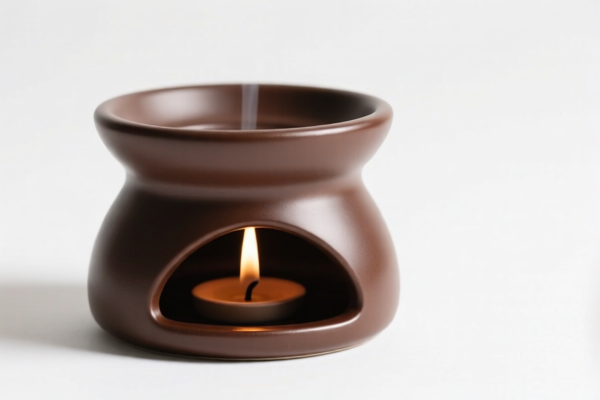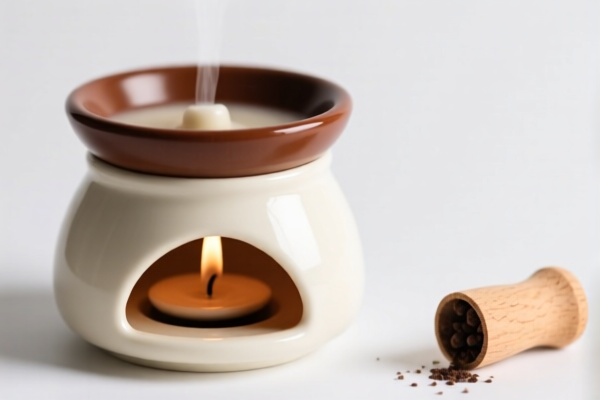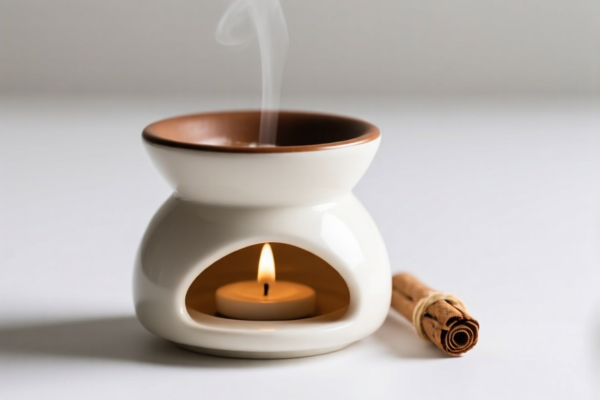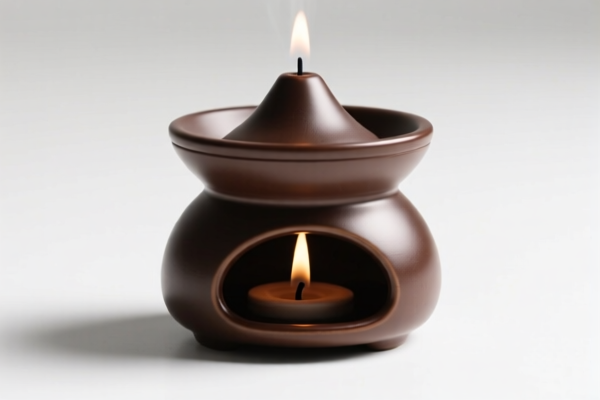| HS Code | Official Doc | Tariff Rate | Origin | Destination | Effective Date |
|---|---|---|---|---|---|
| 9019104000 | Doc | 30.0% | CN | US | 2025-05-12 |
| 9019106000 | Doc | 30.0% | CN | US | 2025-05-12 |
| 3809100000 | Doc | 2.2¢/kg + 3%+37.5% | CN | US | 2025-05-12 |
| 3809910000 | Doc | 61.0% | CN | US | 2025-05-12 |
| 4304000000 | Doc | 61.5% | CN | US | 2025-05-12 |




Aromatherapy Instrument
An aromatherapy instrument is a device used to diffuse essential oils into the air for therapeutic or cosmetic purposes. These instruments utilize various methods to disperse oils, impacting the size of the particles released and the resulting aromatic experience.
Materials
Aromatherapy instruments are constructed from a diverse range of materials, influencing both functionality and aesthetic appeal:
- Glass: Often used in nebulizing diffusers and decorative oil burners due to its inert nature and ease of cleaning.
- Ceramic: Common in ultrasonic diffusers and passive diffusers, providing heat resistance and a pleasing aesthetic.
- Plastic (PP, ABS): Frequently found in ultrasonic diffusers and car diffusers, offering affordability and lightweight construction. BPA-free plastics are preferred.
- Metal (Aluminum, Stainless Steel): Used in nebulizing diffusers for durability and efficient oil dispersion.
- Wood: Employed in decorative passive diffusers and some ultrasonic diffuser bases, adding a natural element.
Purpose
The primary purpose of an aromatherapy instrument is to deliver the volatile aromatic compounds of essential oils into the atmosphere. This is done for several reasons:
- Therapeutic benefits: Essential oils are believed to offer a range of physical and psychological benefits, including stress reduction, improved sleep, pain relief, and enhanced mood.
- Air purification: Some oils possess antimicrobial properties, contributing to air sanitation.
- Fragrance: To create a pleasant or specific atmosphere.
- Cosmetic uses: Used in conjunction with facial steaming or other skincare routines.
Function
Aromatherapy instruments function by dispersing essential oils in one of several ways:
- Evaporation: Oils are naturally released into the air at room temperature.
- Heat: Heat gently warms the oil, accelerating evaporation.
- Ultrasonic Vibration: High-frequency vibrations create a fine mist of water and oil.
- Nebulization: Air is forced through the oil, breaking it down into microscopic particles without heat.
Usage Scenarios
Aromatherapy instruments are employed in a wide variety of settings:
- Home: Living rooms, bedrooms, bathrooms for relaxation, sleep enhancement, and air freshening.
- Spas & Wellness Centers: For therapeutic treatments and ambiance creation.
- Offices: To improve focus, reduce stress, and enhance productivity.
- Healthcare Settings: (With appropriate protocols) For potential benefits in patient care.
- Vehicles: Car diffusers for fragrance and aromatherapy on the go.
Common Types
- Ultrasonic Diffusers: Utilize electronic frequencies to create a cool mist. Require water and oil mixture. Relatively quiet and energy-efficient.
- Nebulizing Diffusers: Disperse oils in their purest form without water, providing a concentrated aroma. Typically louder and more expensive.
- Evaporative Diffusers: Include reed diffusers, fan diffusers, and terracotta diffusers. Simple and passive, requiring no electricity.
- Heat Diffusers: Use a candle or electric warmer to gently heat the oil. Can alter the oil's chemical composition if overheated.
- Reed Diffusers: Reeds absorb oil and release aroma through evaporation. Low maintenance, but less intense aroma.
- Car Diffusers: Compact diffusers designed for use in vehicles, often utilizing evaporation or fan technology.
- Personal Inhalers: Small devices used for direct inhalation of essential oils.
Aromatherapy Instrument Classification
Based on the provided information, classifying “aromatherapy instrument” requires careful consideration of its function and components. The following HS codes may be relevant:
- 9019104000: This code covers Mechano-therapy appliances; massage apparatus; psychological aptitude-testing apparatus; ozone therapy, oxygen therapy, aerosol therapy, artificial respiration or other therapeutic respiration apparatus; parts and accessories thereof: Mechano-therapy appliances; massage apparatus; psychological aptitude-testing apparatus; parts and accessories thereof: Electrically operated apparatus and parts thereof. If the aromatherapy instrument utilizes electrical components for operation (e.g., ultrasonic diffusers, electrically powered nebulizers), this HS code is applicable.
- 9019106000: This code covers Mechano-therapy appliances; massage apparatus; psychological aptitude-testing apparatus; ozone therapy, oxygen therapy, aerosol therapy, artificial respiration or other therapeutic respiration apparatus; parts and accessories thereof: Mechano-therapy appliances; massage apparatus; psychological aptitude-testing apparatus; parts and accessories thereof: Other. If the aromatherapy instrument does not fall under the specifically listed electrically operated apparatus, but still functions as a therapeutic or massage-related device, this code may be appropriate.
- 3809910000: This code covers Finishing agents, dye carriers to accelerate the dyeing or fixing of dyestuffs and other products and preparations (for example, dressings and mordants), of a kind used in the textile, paper, leather or like industries, not elsewhere specified or included: Other: Of a kind used in the textile or like industries. If the aromatherapy instrument involves the use of finishing agents or preparations for aromatherapy purposes (e.g., essential oil blends used in textile applications), this code could be considered.
Tax Rate Details:
- 9019104000 & 9019106000: A base tariff of 0.0% applies, with an additional surcharge of 0.0%. However, a 30% additional surcharge will be imposed after April 2, 2025. The total tariff rate is currently 30.0%.
- 3809910000: A tariff of 2.2¢/kg + 3% applies, with an additional surcharge of 7.5%. After April 2, 2025, an additional surcharge of 30% will be imposed, resulting in a total tariff rate of 2.2¢/kg + 3% + 37.5%.
Important Note:
The classification of aromatherapy instruments depends heavily on their specific features and intended use. If the instrument incorporates electrical components, HS code 9019104000 is the most likely option. If it functions as a therapeutic device without specific electrical operation, HS code 9019106000 may be more appropriate. If the instrument utilizes finishing agents or preparations for aromatherapy purposes, HS code 3809910000 should be considered.
Customer Reviews
No reviews yet.